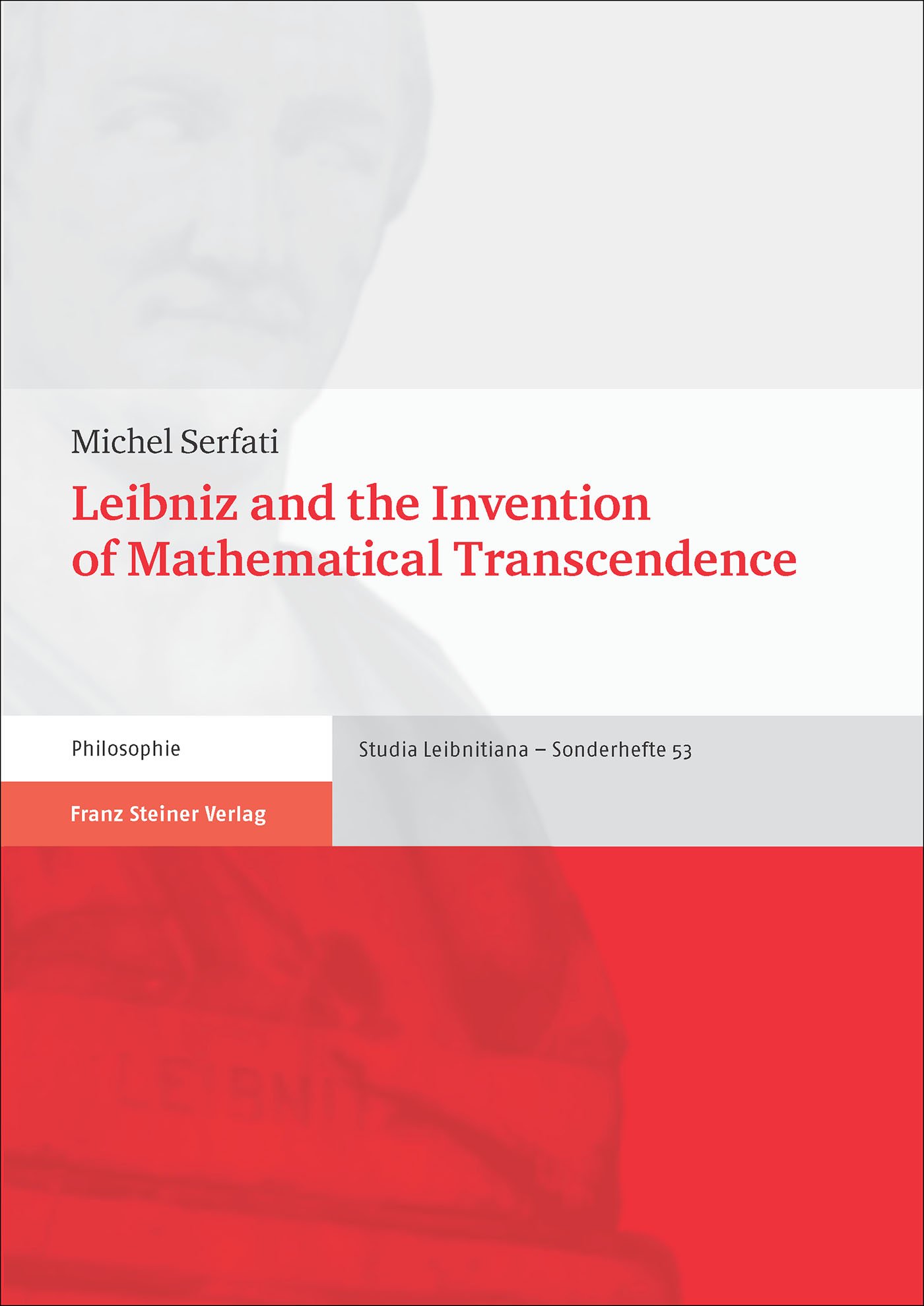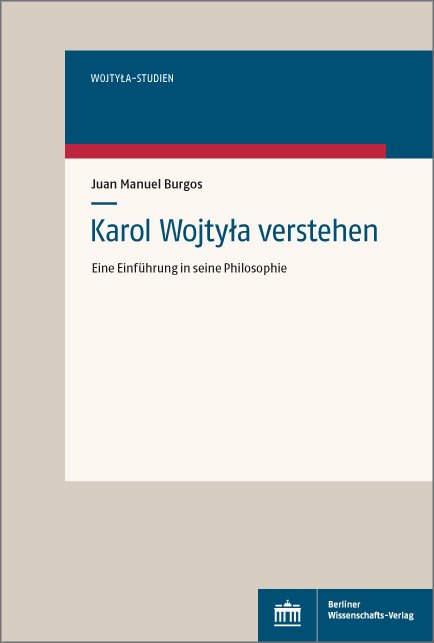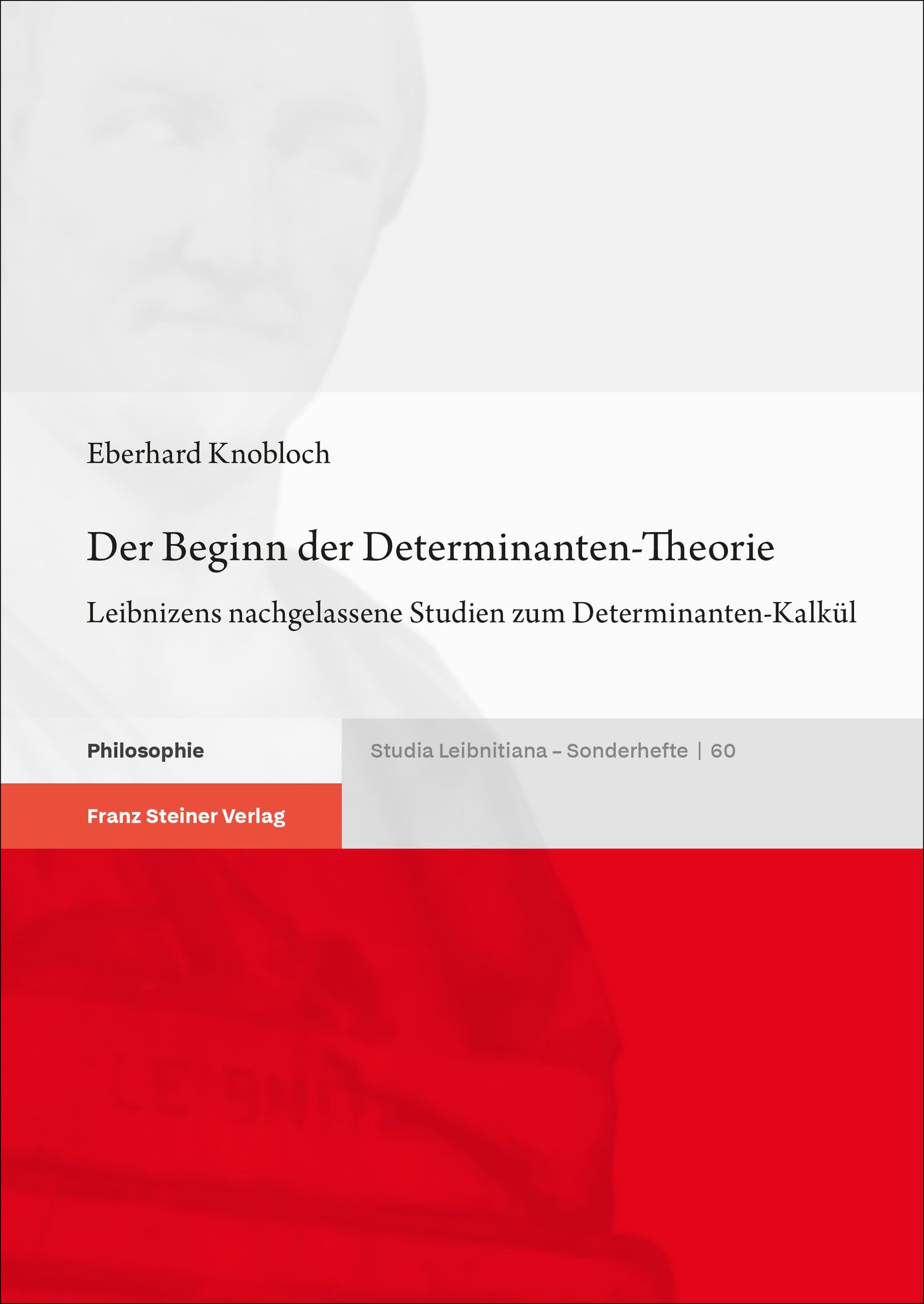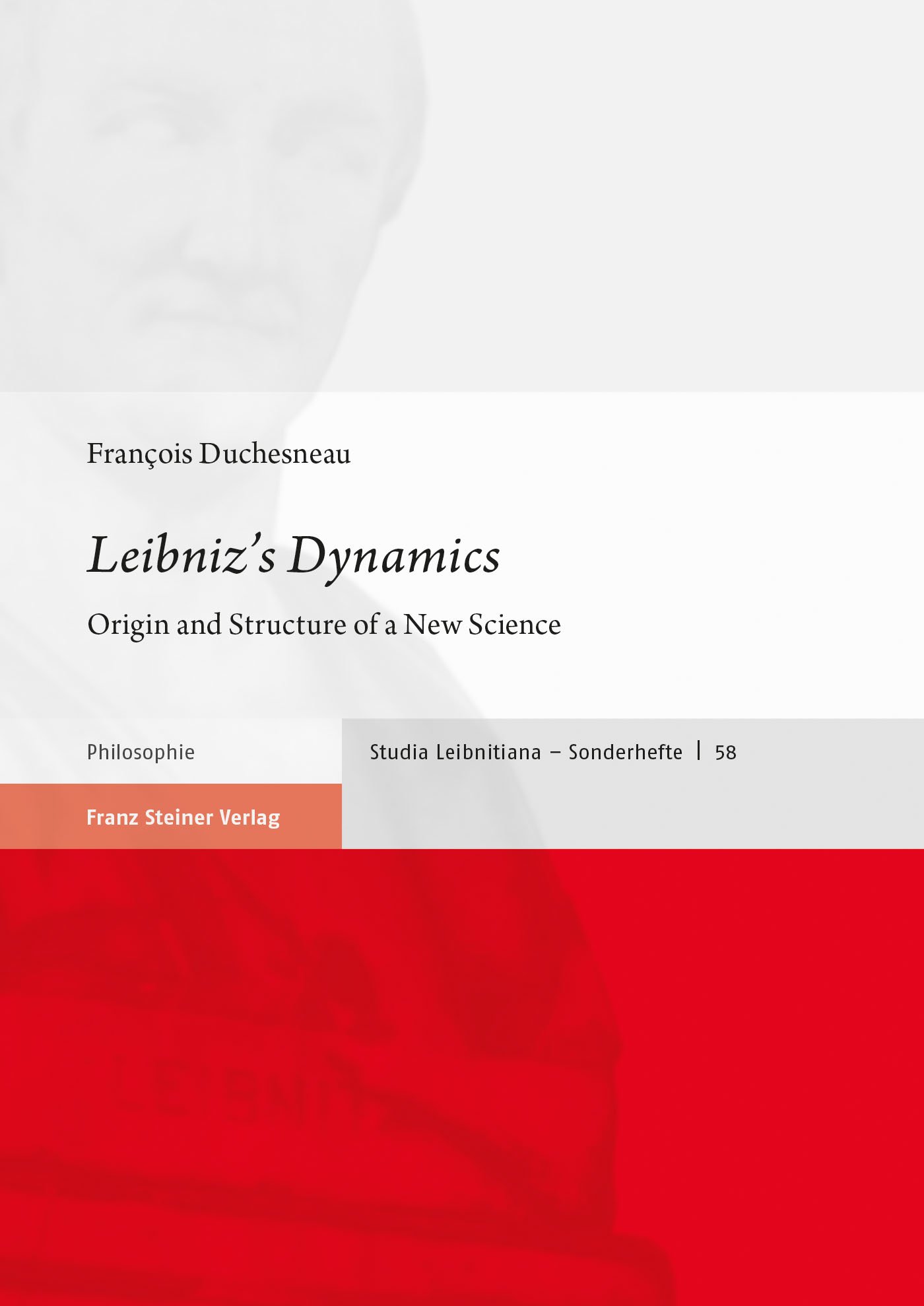Leibniz and the Invention of Mathematical Transcendence
The invention of mathematical transcendence in the seventeenth century is linked to Leibniz, who always claimed it to be his own creation. However, Descartes had created a completely new symbolic frame in which one considers plane curves, which was a real upheaval. Leibniz initially appreciated this Cartesian frame. Although, as we see in the book, during his research he was confronted with inexpressible contexts he then called 'transcendent'.
The development of a concept of mathematical transcendence is at the core of this book. The description follows a pragmatic path by highlighting how and why aspects of the concept were developed and which obstacles were encountered by mathematicians. Also, there were some dead ends which are described here. Leibniz exceeded Descartes' ideas on a symbolical level (transcendent expressions), a geometrical level (transcendent curves) as well as a numerical level (transcendent numbers) those are also examined in detail.
"Ce livre est indispensable pour les historiens et philosophes de mathématiques, de même que pour des mathématiciens qui désirent s'informer sur des sujets centraux de l'histoire de leur discipline."
Herbert Berger, Archives de Philosophie 82, 2019/3
| Reihe | Studia Leibnitiana – Sonderhefte |
|---|---|
| Band | 53 |
| ISBN | 978-3-515-12082-1 |
| Medientyp | Buch - Kartoniert |
| Auflage | 1. |
| Copyrightjahr | 2018 |
| Verlag | Franz Steiner Verlag |
| Umfang | XIX, 225 Seiten |
| Abbildungen | zahlreiche Abbildungen |
| Format | 17,0 x 24,0 cm |
| Sprache | Englisch |










